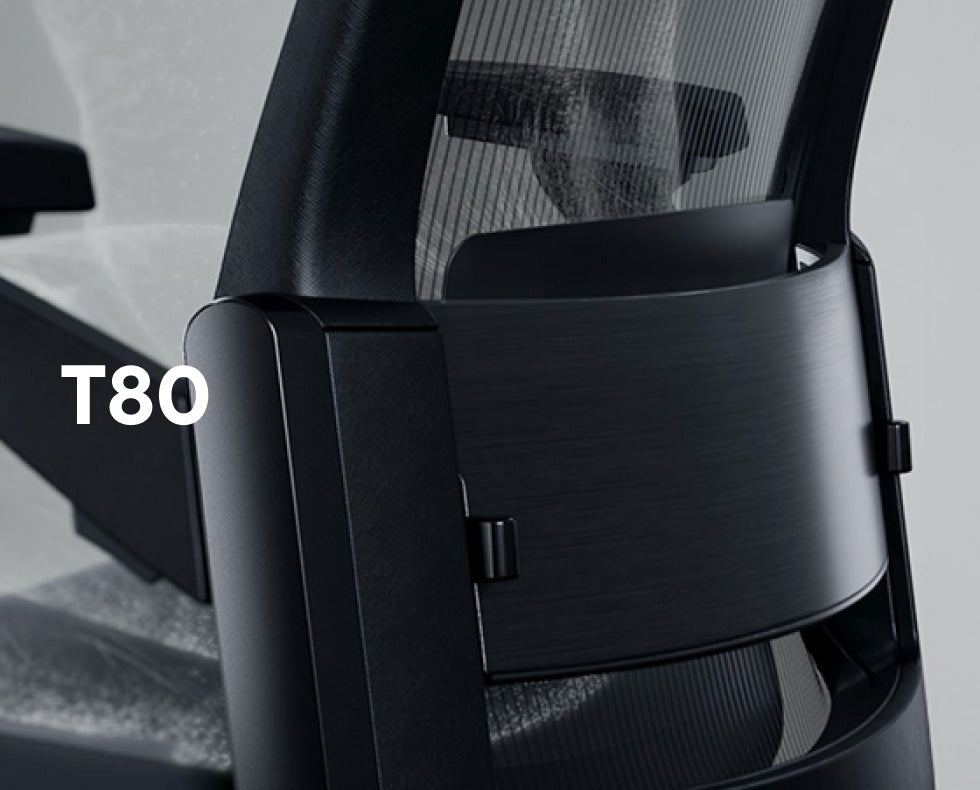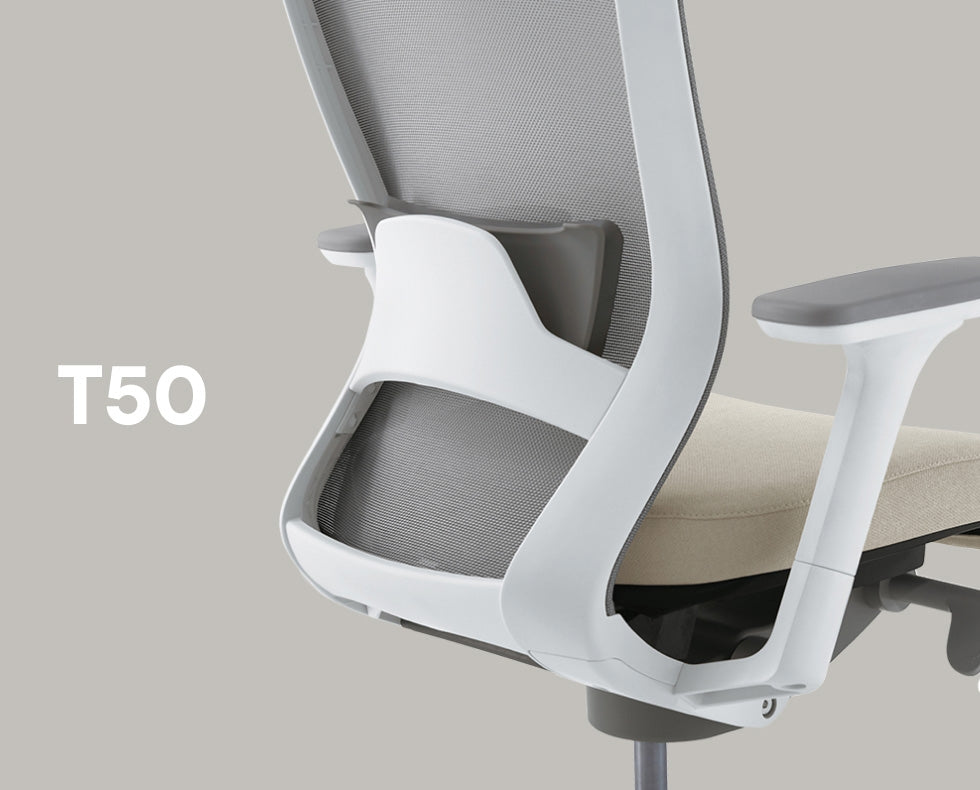Many people have embraced flexible working, and remote work productivity has become a hot topic. Is it truly better to work from home? In this article, we explore how different work setups affect output, what recent research says, and how the right environment can boost overall productivity, especially in 2024.

Understanding Productivity in a Changing Workplace
First, let's define productivity in today's workforce. It isn't just about how many tasks are done, but also about efficiency and meaningful work. As people work remotely or in hybrid work models, this definition continues to evolve.
Moreover, measuring productivity using clear metrics has become essential. Organisations now use analytics to assess not just performance but also employee satisfaction, collaboration, and innovation across different work arrangements.
How the Pandemic Reshaped Work Environments
The pandemic accelerated the shift to remote and hybrid work across industries. As offices closed, businesses had to adapt rapidly, challenging traditional beliefs about in-office work.
At the same time, the pandemic forced employers to rethink their priorities. Many recognised that remote work is associated with increased flexibility, improved mental health, and better work-life balance for their teams.
Remote Work vs In-Office Work: What's More Effective?
According to research, remote work productivity can equal or even exceed in-office performance. The key is to give workers the tools and autonomy they need to thrive.
However, in-office work still offers some advantages, such as real-time collaboration, face-to-face mentoring, and easier onboarding. Each approach has its benefits depending on organisational goals and culture.
Are Remote Workers More Productive or Less Productive?
Surprisingly, many remote workers report they are more productive at home. Some studies show that remote employees complete more tasks in less time.
Despite that, a portion of the workforce feels less productive without structure. Productivity changed for many when they lost the routine and energy of the traditional office.
Hybrid Work Models: The Best of Both Worlds?
Hybrid work is gaining traction as the most balanced approach. Employees spend two or three days in the office while working remotely the rest of the week.
This model helps retain team collaboration while offering flexibility. Hybrid and remote setups give workers more control, potentially enhancing productivity and job satisfaction.
How Remote Work Is Associated With Increased Focus
Working remotely often removes common office distractions. Many knowledge workers say they get more done without constant interruptions or meetings.
Still, distractions at home can be a challenge. A good place to work, free from noise and clutter, plays a big part in staying focused and productive.
Can Workers Be Truly Productive at Home?
Yes, with the right setup, workers can be highly productive at home. A designated workspace with ergonomic furniture can significantly enhance productivity.
Moreover, routines, breaks, and limiting screen time all support mental clarity. People work best when their work environment promotes comfort and efficiency.
Impact on Productivity in 2024 and Beyond
Remote work productivity remains high going into 2024. More employers are embracing flexible schedules and ditching the idea of office full-time.
Still, the return to the office trend is present in some industries. Balancing flexibility with team cohesion remains a challenge as companies scale.
Key Drivers of Remote Work Productivity
Autonomy, reduced commute time, and personalised environments contribute to increased productivity. Many remote employees say they feel more in control and less stressed.
Also, digital tools now enable seamless collaboration. These advancements remove barriers and ensure remote or hybrid teams stay connected and productive.
In-Office Advantages That Remote Work May Lack
Face-to-face interactions promote stronger relationships and mentorship. In-person work often makes promotion pathways and recognition more visible.
Additionally, spontaneous collaboration can lead to creative solutions. Some teams find it easier to brainstorm and troubleshoot when they share physical space.
The Psychological Effects of Working Remotely
Remote workers report higher job satisfaction due to improved work-life balance. However, long periods of isolation may reduce team cohesion.
Organisational leaders must be proactive about maintaining culture. They can schedule check-ins, promote virtual team bonding, and support mental wellness programs.
Productivity Tools That Support Remote Workers
Digital platforms like Slack, Trello, and Zoom make it easier for remote teams to collaborate. These tools help boost employee productivity and accountability.
At the same time, calendar management and focus apps can assist with time-blocking. Using the right tools can enhance productivity no matter where employees work.
The Return to the Office Movement: What It Means for Productivity
Some companies are urging employees to return to the office. They believe in-person work promotes collaboration and aligns with the organisation's culture.
However, others say forced returns hurt retention and morale. Giving employees the option to work remotely at least part-time can improve recruitment and retention.
What Makes a Good Place to Work Remotely?
A good home office setup matters. The ability to work from home efficiently relies on having the right chair, lighting, and desk.
Comfort and posture directly impact output. Creating an ergonomic environment helps people remain focused and prevents fatigue during long hours.
Remote Work in 2024: Is It Here to Stay?
U.S. employees and those globally expect flexibility. Remote and hybrid work models are now viewed as long-term solutions rather than temporary fixes.
Additionally, many top performers seek roles that allow remote or hybrid options. Employers aiming to hire the best talent must adapt to these expectations.
Creating a Productive Home Office with Ergonomic Solutions
To stay productive working from home, a well-designed workspace is essential. An ergonomic chair is a key benefit for long-term comfort and focus.
SIDIZ offers a premium range of ergonomic office and gaming chairs designed for modern workers. Whether fully remote, hybrid, or in-office, SIDIZ chairs support posture and performance.
Why SIDIZ Chairs Improve Work from Home Productivity
SIDIZ Australia delivers more than stylish design. Their ergonomic seating is engineered for productivity, no matter the work arrangements. So if you work in the office or do fully remote work, SIDIZ office chairs can help you keep your productivity in top shape.
From gaming chairs to office seating and kids' study chairs, SIDIZ products adapt to your lifestyle. Enjoy a 5-year warranty, free shipping, and a 30-day return policy.
Choose SIDIZ ergonomic chairs that help you do great work, wherever you work.



